Paulo S. R. Diniz
Universidade Federal do Rio de Janeiro, Niteri, Rio de Janeiro, Brazil
ISBN 978-3-030-29056-6 e-ISBN 978-3-030-29057-3
https://doi.org/10.1007/978-3-030-29057-3
Springer Nature Switzerland AG 2020
This work is subject to copyright. All rights are reserved by the Publisher, whether the whole or part of the material is concerned, specifically the rights of translation, reprinting, reuse of illustrations, recitation, broadcasting, reproduction on microfilms or in any other physical way, and transmission or information storage and retrieval, electronic adaptation, computer software, or by similar or dissimilar methodology now known or hereafter developed.
The use of general descriptive names, registered names, trademarks, service marks, etc. in this publication does not imply, even in the absence of a specific statement, that such names are exempt from the relevant protective laws and regulations and therefore free for general use.
The publisher, the authors and the editors are safe to assume that the advice and information in this book are believed to be true and accurate at the date of publication. Neither the publisher nor the authors or the editors give a warranty, expressed or implied, with respect to the material contained herein or for any errors or omissions that may have been made. The publisher remains neutral with regard to jurisdictional claims in published maps and institutional affiliations.
Cover credit: The cover art is courtesy of Beatriz Watanabe ( biawatanabe.com )
This Springer imprint is published by the registered company Springer Nature Switzerland AG
The registered company address is: Gewerbestrasse 11, 6330 Cham, Switzerland
Preface
The field ofDigital Signal Processinghas developed so fast in the last five decades that it can be found in the graduate and undergraduate programs of most universities. This development is related to the increasingly available technologies for implementing digital signal processing algorithms. The tremendous growth of development in the digital signal processing area has turned some of its specialized areas into fields themselves. If accurate information of the signals to be processed is available, the designer can easily choose the most appropriate algorithm to process the signal. When dealing with signals whose statistical properties are unknown, fixed algorithms do not process these signals efficiently. The solution is to use an adaptive filter that automatically changes its characteristics by optimizing the internal parameters. The adaptive filtering algorithms are essential in many statistical signal processing applications.
Although the field of adaptive signal processing has been the subject of research for over four decades, it was in the eighties that a major growth occurred in research and applications. Two main reasons can be credited to this growth: the availability of implementation tools and the appearance of early textbooks exposing the subject in an organized manner. Still today it is possible to observe many research developments in the area of adaptive filtering, particularly addressing specific applications. In fact, the theory of linear adaptive filtering has reached a maturity that justifies a text treating the various methods in a unified way, emphasizing the algorithms suitable for practical implementation. This text concentrates on studying online algorithms, those whose adaptation occurs whenever a new sample of each environment signal is available. The so-called block algorithms, those whose adaptation occurs when a new block of data is available, are also included using the subband filtering framework. Usually, block algorithms require different implementation resources than online algorithms. This book also includes basic introductions to nonlinear adaptive filtering and blind signal processing as natural extensions of the algorithms treated in the earlier chapters. The understanding of the introductory material presented is fundamental for further studies in these fields which are described in more detail in some specialized texts.
The idea of writing this book started while teaching the adaptive signal processing course at the graduate school of the Federal University of Rio de Janeiro (UFRJ). The request of the students to cover as many algorithms as possible made me think how to organize this subject such that not much time is lost in adapting notations and derivations related to different algorithms. Another common question was which algorithms really work in a finite-precision implementation. These issues led me to conclude that a new text on this subject could be written with these objectives in mind. Also, considering that most graduate and undergraduate programs include a single adaptive filtering course, this book should not be lengthy. Although the current version of the book is not short, the first six chapters contain the core of the subject matter. Another objective to seek is to provide an easy access to the working algorithms for the practitioner.
It was not until I spent a sabbatical year and a half at University of Victoria, Canada, that this project actually started. In the leisure hours, I slowly started this project. Parts of the early chapters of this book were used in short courses on adaptive signal processing taught at different institutions, namely: Helsinki University of Technology (renamed as Aalto University), Espoo, Finland; University Menendez Pelayo in Seville, Spain; and the Victoria Micronet Center, University of Victoria, Canada. The remaining parts of the book were written based on notes of the graduate course in adaptive signal processing taught at COPPE (the graduate engineering school of UFRJ).
The philosophy of the presentation is to expose the material with a solid theoretical foundation, while avoiding straightforward derivations and repetition. The idea is to keep the text with a manageable size, without sacrificing clarity and without omitting important subjects. Another objective is to bring the reader up to the point where implementation can be tried and research can begin. A number of references are included at the end of the chapters in order to aid the reader to proceed on learning the subject.
It is assumed the reader has previous background on the basic principles of digital signal processing and stochastic processes, including discrete-time Fourier- and  -transforms, finite impulse response (FIR) and infinite impulse response (IIR) digital filter realizations, multirate systems, random variables and processes, first- and second-order statistics, moments, and filtering of random signals. Assuming that the reader has this background, I believe the book is self-contained.
-transforms, finite impulse response (FIR) and infinite impulse response (IIR) digital filter realizations, multirate systems, random variables and processes, first- and second-order statistics, moments, and filtering of random signals. Assuming that the reader has this background, I believe the book is self-contained.
Chapterintroduces the basic concepts of adaptive filtering and sets a general framework that all the methods presented in the following chapters fall under. A brief introduction to the typical applications of adaptive filtering is also presented.

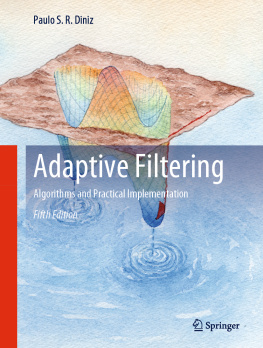
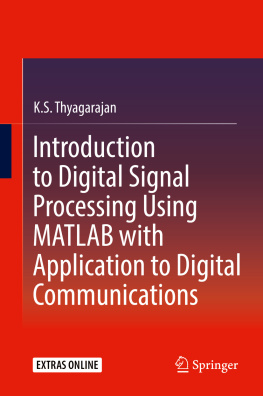

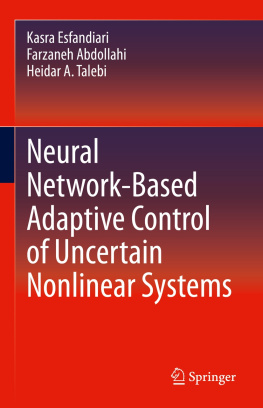
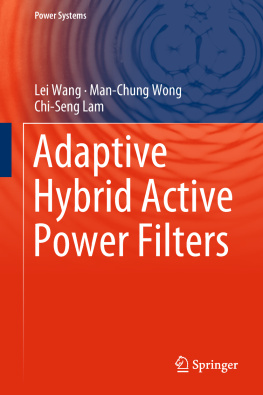

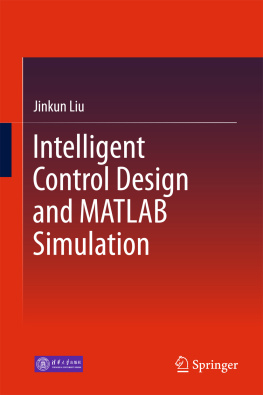

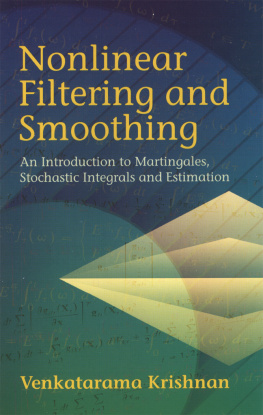
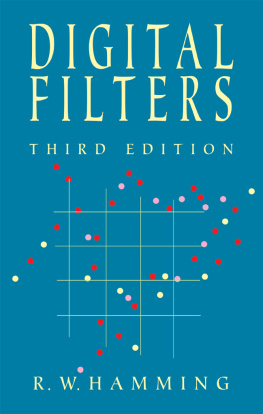
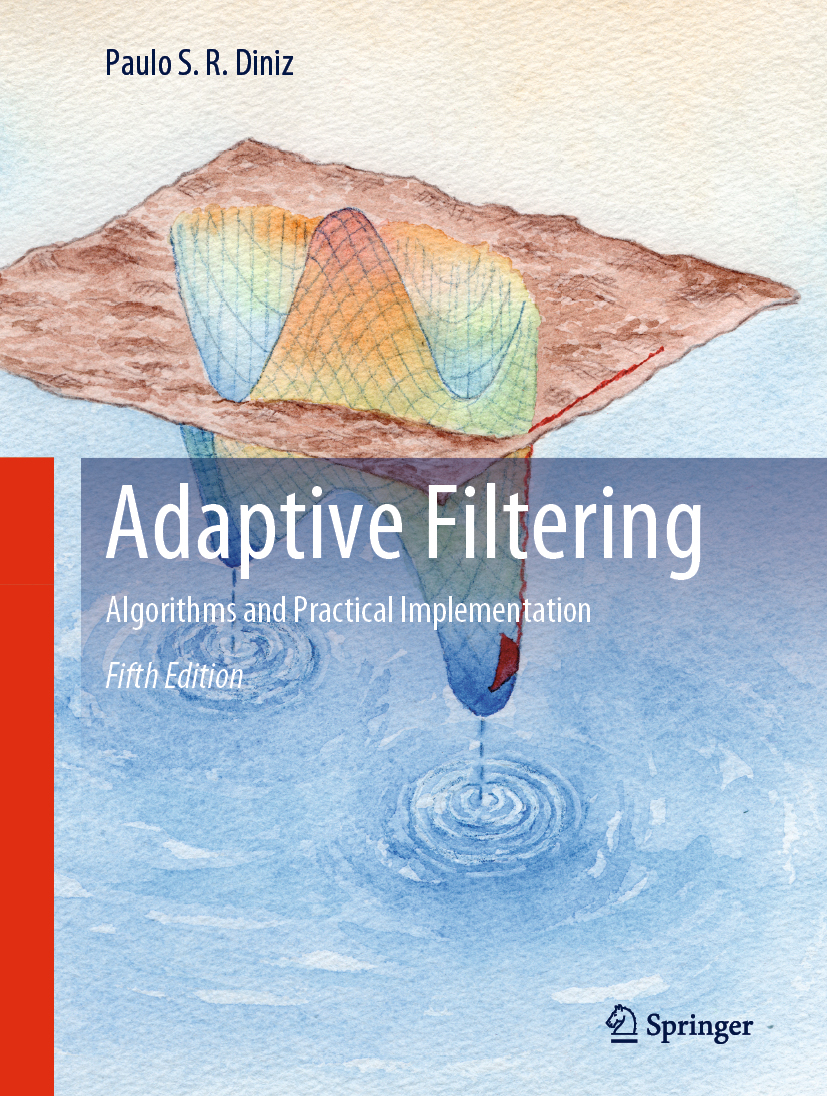

 -transforms, finite impulse response (FIR) and infinite impulse response (IIR) digital filter realizations, multirate systems, random variables and processes, first- and second-order statistics, moments, and filtering of random signals. Assuming that the reader has this background, I believe the book is self-contained.
-transforms, finite impulse response (FIR) and infinite impulse response (IIR) digital filter realizations, multirate systems, random variables and processes, first- and second-order statistics, moments, and filtering of random signals. Assuming that the reader has this background, I believe the book is self-contained.